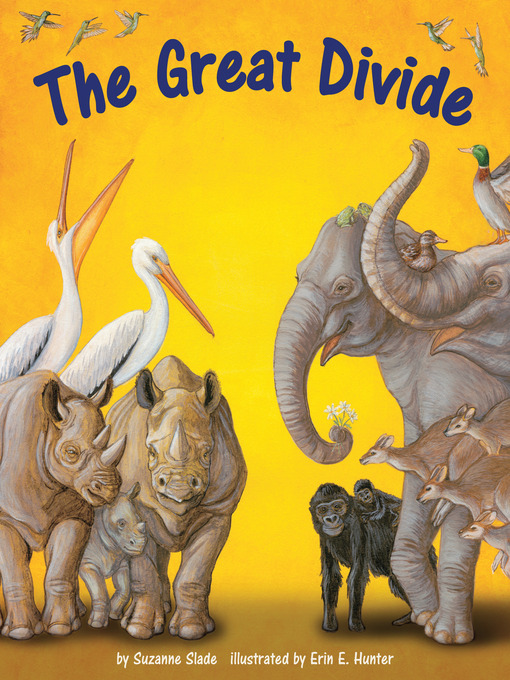Animals, like people, enjoy spending time with their friends and family. Many groups of animals have their own unique names. Did you know group of gorillas is a called a band? And a bunch of billy goats is a tribe? Following in the footsteps of Multiply on the Fly (multiplication), What's New at the Zoo? (addition) and What's the Difference? (subtraction), this rhythmic, fun-to-read-aloud book introduces children to division as they conquer bands, tribes, mobs and more.
- No wait, no problems
- What's new?
- Popular titles
- Check these out!
- Most Popular Kids eBooks
- Read-Alongs & Picture Books
- See all ebooks collections
- No wait, no problems
- What's new?
- Popular titles
- Check these out!
- Most Popular Kids Audiobooks
- Ready to Borrow Audiobooks
- Juvenile Fiction Audio Books
- See all audiobooks collections



